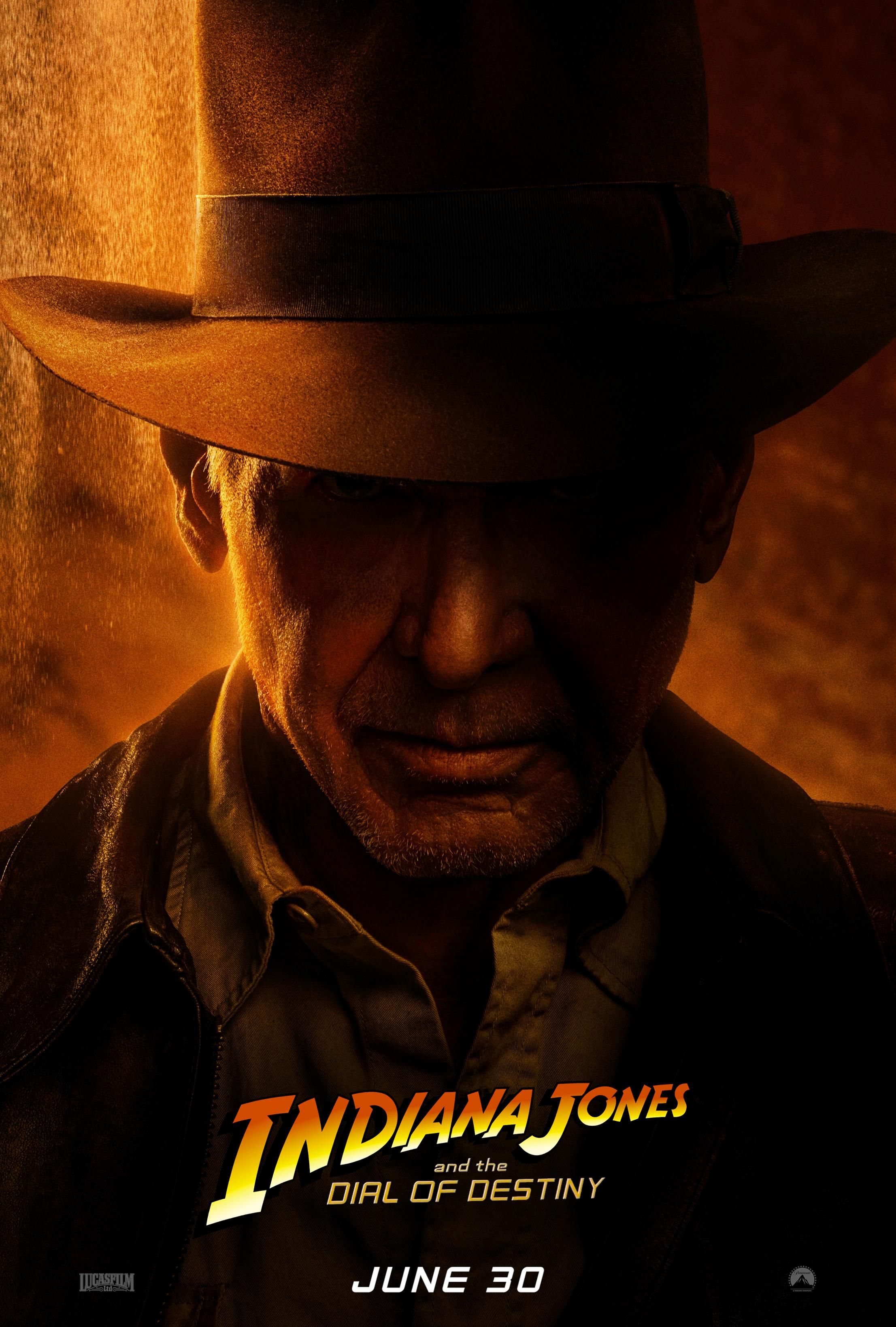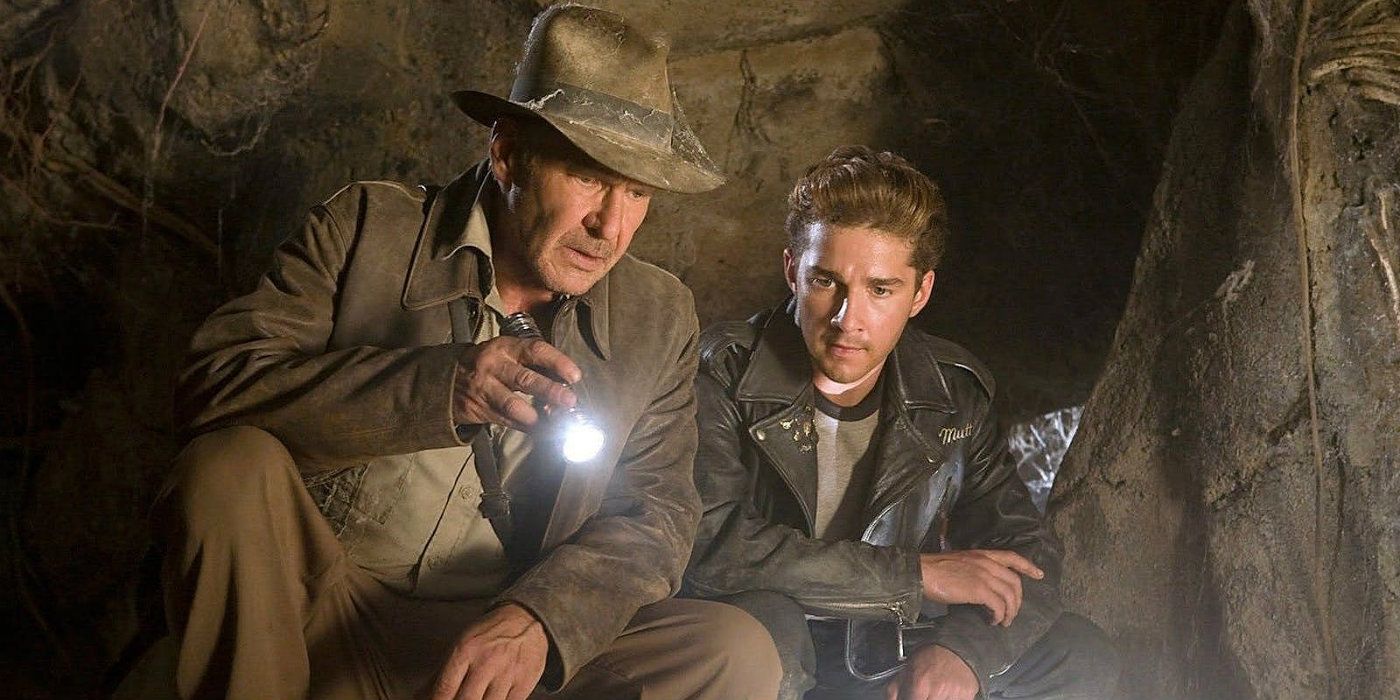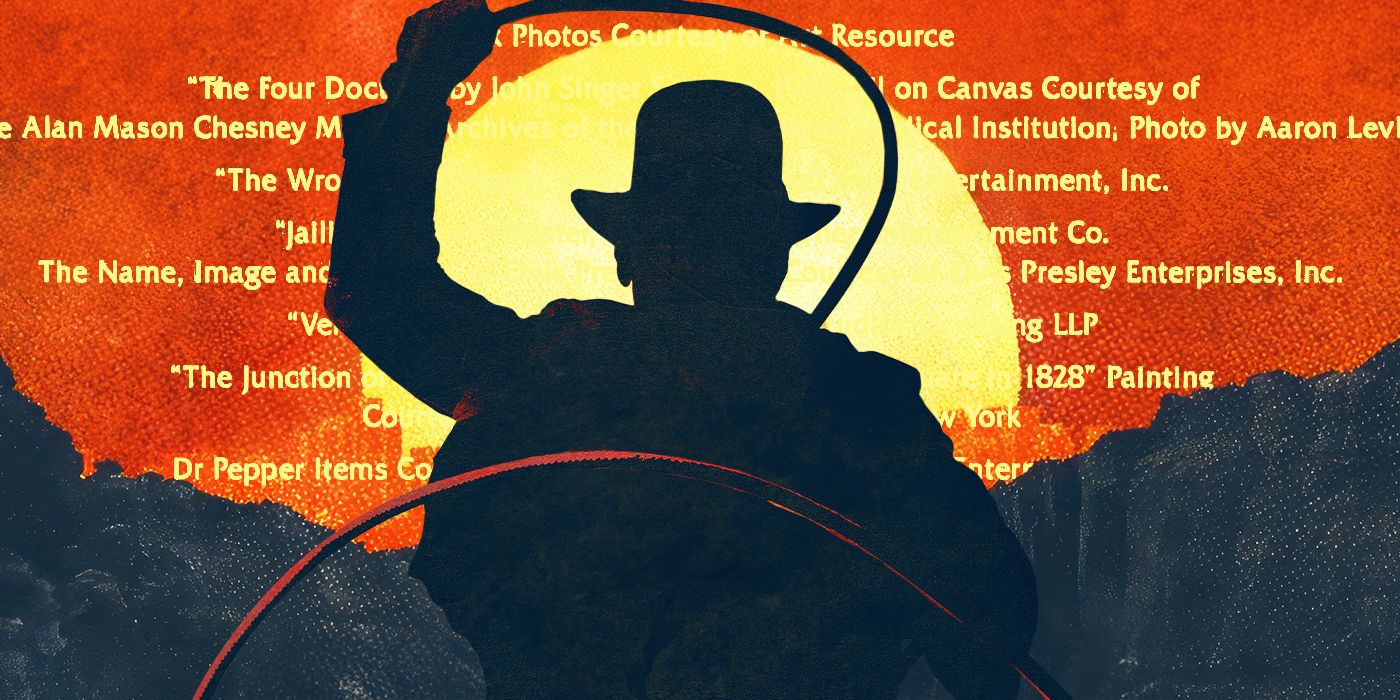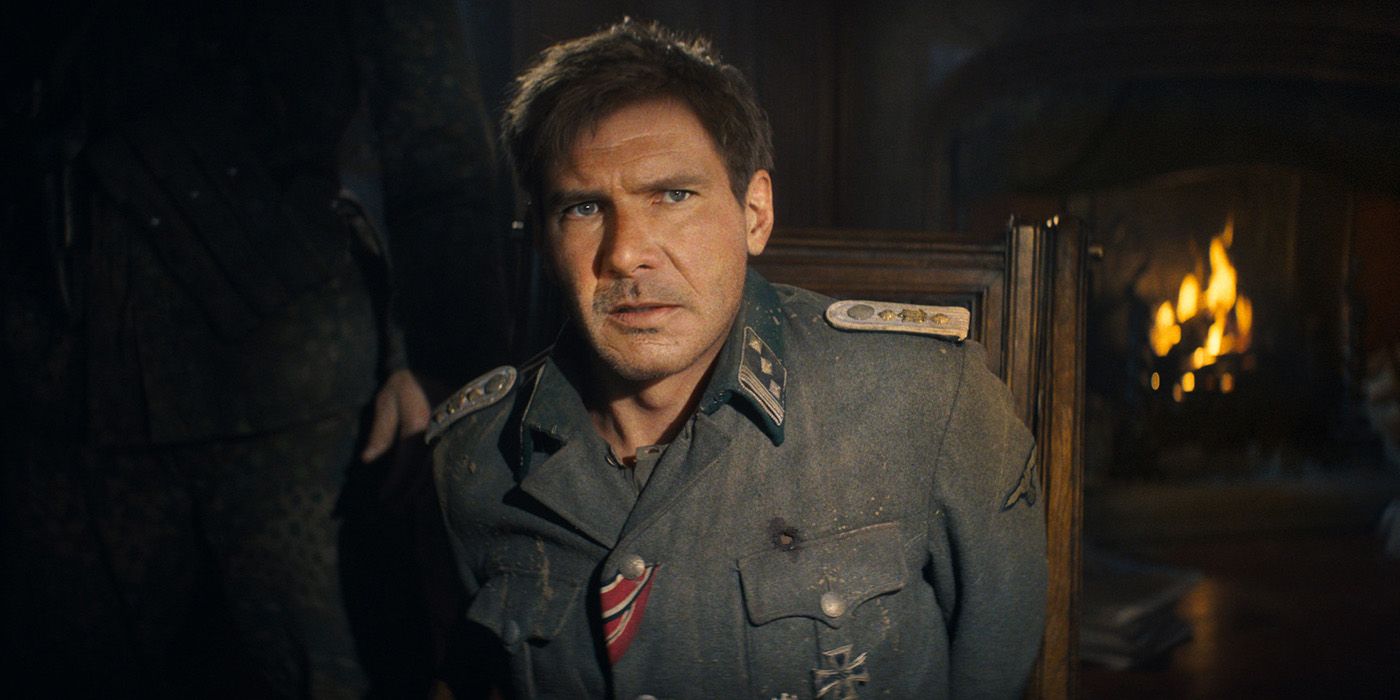The Big Picture
With Indiana Jones and the Dial of Destiny, the final adventure of Indiana Jones (Harrison Ford), once the movie ends, there’s no need to stay through the credits, as unlike many blockbusters this summer, Indy’s last story doesn’t have an end-credits scene. In Dial of Destiny, Indy has to contend with a brand-new world that seems totally alien to him. America circa. 1969 is sending people to the moon and full of technology that couldn’t have even been dreamed up back in the 1930s. Does it have any place for Indy anymore? Similarly, the Indiana Jones franchise in 2023 is grappling with a fresh status quo that offers up radically new expectations for how blockbusters are supposed to play out. The last Indiana Jones installment, Kingdom of the Crystal Skull, opened just three weeks after the first Iron Man, with that film’s various follow-ups in the Marvel Cinematic Universe helping to inform audience perceptions of what these kinds of escapist movies are “supposed” to play like.
That new mold is very much built on the prospect of post-credits and end-credits scenes, which are often used to tease out future installments in a franchise. All kinds of movies are using this technique to engineer audience excitement and send moviegoers home buzzing about what the future will entail. Though it’s firmly rooted in the retro-adventure vibes of the original Indiana Jones movies, audiences sitting down to watch Dial of Destiny may be tempted to inquire whether this franchise has acquiesced to modern standards and incorporated some kind of credit nugget.

Archaeologist Indiana Jones races against time to retrieve a legendary artifact that can change the course of history.
Release Date June 30, 2023
Rating PG-13
Runtime 142 minutes
Is There a ‘Dial of Destiny’ End Credits Scene?
Indiana Jones and the Dial of Destiny has been heavily promoted as the “conclusion” and “final adventure” for the titular adventurer. While various comments from Disney and Lucasfilm brass in the 2010s indicated that the original plan was for a fifth Indiana Jones to kick-start a new era of Indy films (similar to The Force Awakens ushering in a slew of Star Wars films), those ambitions have clearly been altered. Dial of Destiny is now a swan song for the Indiana Jones franchise rather than a chance to keep this iconic saga going forever and ever under the Disney banner.
This element should make it no surprise that there’s no credits scene waiting for audiences who stick around for the final moments of their Dial of Destiny screenings. The film’s ending doesn’t do anything to tease up future adventures either. It’s a conclusion that firmly cements how Dial of Destiny isn’t interested in spending its runtime teeing up decades of future movies and Disney+ TV shows, so it’s no wonder credit scenes were eschewed.
It helps, too, that most narrative elements of Dial of Destiny were pretty much wrapped up before the end credits rolled, so there’s no need to resolve their respective storylines in an end-credits sequence. Indiana Jones and the Dial of Destiny takes care of everything it needs to resolve before the credits began rolling, further negating the need for any credit sequences.

‘Dial of Destiny’s End-Credits Approach Fits with James Mangold’s Style
If there’s anyone surprised that director James Mangold would eschew credit sequences for Indiana Jones and the Dial of Destiny, they’ve likely been oblivious to Magnold’s comments about modern blockbuster filmmakers. Mangold recently told Variety that he’s deeply uninterested as a filmmaker in working on movies that only function to support other future movies. Long-form interconnected narratives in cinema just don’t interest Mangold despite the American film industry being so heavily focused on just those kinds of projects.
Mangold’s eschewing of end-credit sequences could be seen in his 2017 feature Logan, which opted to finish its runtime with a grim ending emphasizing the passing of a cinematic legend rather than infinite teases for potential future mutant-centric adventures. While Mangold’s 2013 feature The Wolverine did feature a mid-credit sequence teeing up X-Men: Days of Future Past, even back then, this filmmaker was untrustworthy of mainstream credit scenes. Speaking to Hypable in 2013, Mangold remarked how the vast majority of credit sequences end up undercutting the movies they’re attached to, which informed his decision to try and make the sequel tease on The Wolverine especially engaging.
Mangold’s creative sensibilities were already enough to make it clear Dial of Destiny would never feature an end-credits sequence. However, the fact that the Indiana Jones franchise has always steered clear of such scenes should also have been a massive indicator to people that Dial of Destiny would not be going the Marvel Studios route in teeing up sequels in its credits. Lucasfilm has often taken an “if it ain’t broke, don’t fix it” approach to key elements of the new Star Wars movies. Unsurprisingly, the same studio has opted not to meddle with the credits of the Indiana Jones franchise.
Could There Be a Future for the ‘Indiana Jones’ Franchise?
Even without any credit sequences in Dial of Destiny teeing up any immediate sequels, it’d be foolish to assume there will never be any future installments in the Indiana Jones saga. Hollywood is a place that presents itself as a dream factory, but it’s also a deeply capitalist industry where nothing is sacred. The corpse of Christopher Reeve can be dragged back up as a CG double for the purpose of “fan-service” in The Flash. There were once plans to bring James Dean back to life via CGI for the war drama Finding Jack. A.I. recreations of James Earl Jones are now being used to voice Darth Vader in official Star Wars programs. Hollywood loves to cling to the past without engaging in the kind of bold risk-taking that made pop culture properties of the past so beloved in the first place.
There will be more Indiana Jones. Someday, somehow, the whip and the hat will be dusted off and Pete Davidson Jr. or somebody else will take over the role, perhaps in the form of a legacy sequel that will employ a much older Phoebe Waller-Bridge. For now, the lack of end-credit scenes on Dial of Destiny certainly suggests that Lucasfilm will give this brand a breather for now…but it won’t last forever. Even if Mangold’s creative instincts on Dial of Destiny resulted in a mixed bag of a blockbuster, he’s right to be wary of interconnected narratives supplanting standalone pieces of escapist entertainment. It’s good that he stuck to his guns and reinforced this perception by ensuring Dial of Destiny featured no credit scenes. If only there was a guarantee that the film industry would exhibit the same restraint for the Indiana Jones franchise for all of eternity…
Indiana Jones and the Dial of Destiny is available to stream on Disney+ in the U.S.
Watch on Disney+








